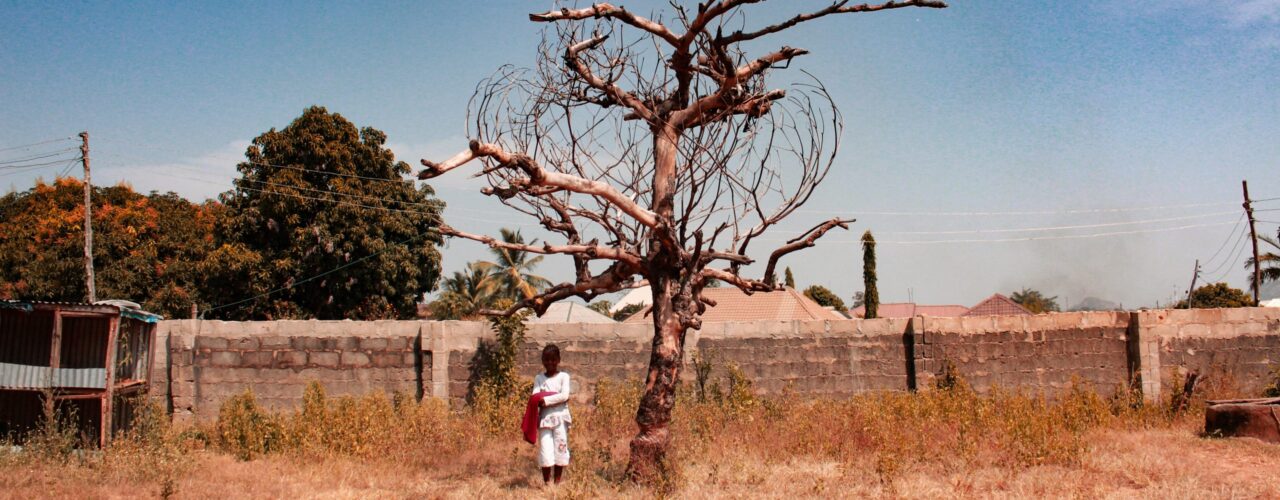Emerging Regenerative Paradigm
Decades of work on the sustainability and development agendas have struggled to turn the tide on issues from rising inequality to the climate emergency and the biodiversity crisis. In response, we are seeing a rapidly growing number of “regenerative” approaches being tested on the ground which have the potential to unlock deep transformational change.
At the root of this concept is the recognition that the modern industrial world was built on the assumption that humans are somehow separate from ‘nature’ – but human societies are actually part of living systems. Our own bodies are ecosystems, we are part of complex ecosystem interactions and we have co-evolved with our surroundings, such that every place on Earth has been shaped by human existence. COVID-19 in particular has brought these interdependencies into sharp relief.
Read more
Current Trajectory
Regenerative approaches move beyond the idea of ‘minimising impact’ or doing ‘less bad’ and instead put emphasis on achieving actual positive impact by working in alignment with living systems. This means enhancing the capacity of ecosystems, human communities and people to be healthy, to keep evolving and to fulfil their potential.
The rise of regenerative agriculture epitomises this. What has up until now been practiced on a small scale by indigenous communities and permaculture practitioners – for example the food forest at the Sahainan Organic Permaculture Farm in Thailand – is now inspiring a broader movement to replenish soil health, enhance the power of biological processes on farm and enable thriving farming communities. Companies like Danone and Walmart, and initiatives like the Zero Budget Natural Farming initiative in India, have committed to enabling regenerative agriculture at scale.
Implications
However, the mainstream needs to move faster to support this shift. Few farmers adopting regenerative practices are yet being compensated for value-enhancing activities such as their land stewardship and carbon sequestration. While the EU is conducting a study to produce guidance for setting up and implementing results-based carbon farming schemes, companies are only just beginning to explore new carbon and ecosystem services markets, and influencers outside of the agriculture system lack awareness about the connection between agriculture and public health outcomes.
There are also signs of regenerative approaches taking root in other sectors. Some companies such as General Mills are exploring regenerative business models that recognise their interdependence with people, organisations and living systems and seek to enhance their vitality as part of their operations. At a macro scale, Kate Raworth’s ‘Doughnut Economics’ – which is being adopted by whole cities such as Amsterdam – advocates an economy that is regenerative and distributive by design. Encouragingly, Amsterdam’s official adoption of the ‘doughnut economic’ model represents a shift away from the traditional extractive growth paradigm, to one that balances the needs of nature, individuals and economy, offering equitable benefits to each. There is also increasing experimentation across the world with complementary models and ideas aimed at increasing societal resilience, such as Universal Basic Income.
Key questions for this decade of transition are therefore: What might a regenerative paradigm mean for different sectors? How can we use regenerative approaches to unlock transformative action?
Supporting evidence
- Danone’s approach to regenerative agriculture supports farmers with long-term contracts and capacity-building as well as enhancing the local ecosystem.
- The pioneering company Patagonia is using regenerative principles as a framework for how it supports and enables its employees.
- The company Olam has made a commitment to ecosystem regeneration through its Living Landscapes Policy.
- New Zealand farmers are echoing the EU’s call to incentivise pastoral farmers to make climate change mitigation central to their farming practices.
- Harborview Farms produce corn, wheat, and soybeans for the U.S.’s Mid-Atlantic region, incorporating multi-species cover crops and no-till practices. They were the first farm to use the Nori platform to quantify and verify new carbon being added to soils through their practices. To date, the farm has netted over US$100,000 in selling Nori Carbon Removal Tons to almost 500 small buyers. Other organisations and projects include Ecosystem Services Market Consortium (ESMC), IndigoAg, Ducks Unlimited, Pur Project Lab and International Platform for Insetting (IPI).
- The UNDP has called for a temporary basic income to protect the world’s poorest people during the pandemic, particularly in developing countries, where seven out of ten workers make a living through informal markets and cannot earn money if they are at home.
In Spain, even before COVID-19 struck, the country’s left-leaning coalition government had proposed a variant of Universal Basic Income called guaranteed minimum income, but the resulting economic emergency brought forward the timeline.

Join discussion